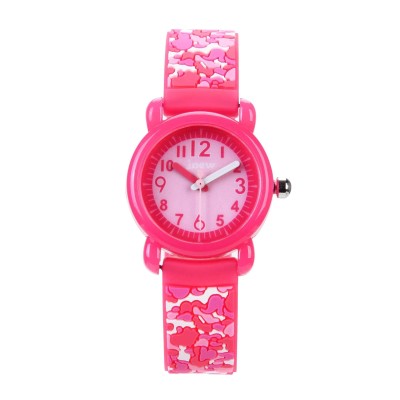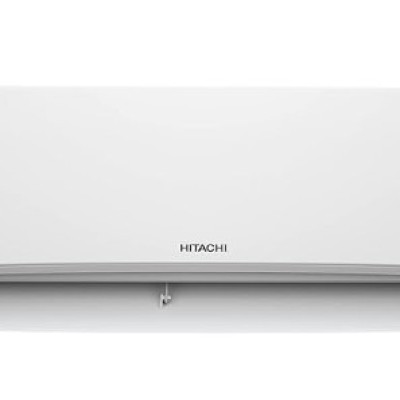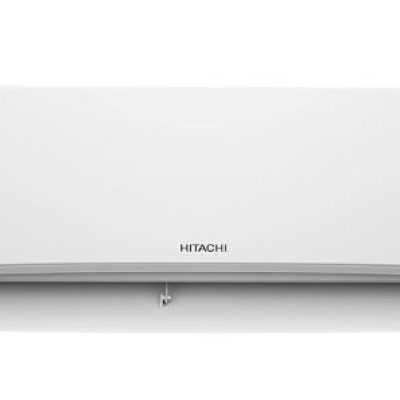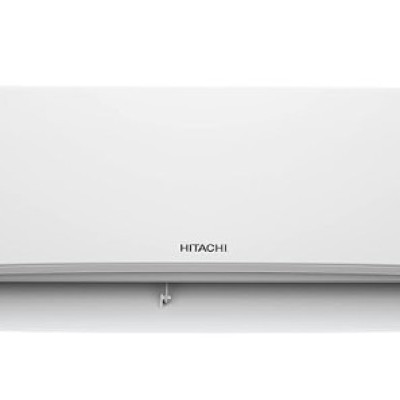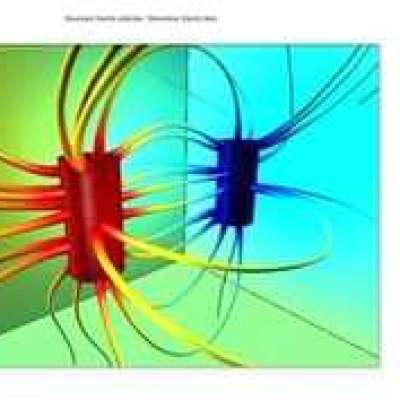
What are the application fields of Betamethasone?
Published By rawatism1223
- Locationchina
- StatusIn stock
- TypeNew
What Are the Application Fields of Betamethasone?
Betamethasone is a topical steroid that is used to treat various conditions. Some of these include Psoriasis and allergic contact dermatitis. Other uses of betamethasone include treating conditions affecting the eyes, such as ophthalmology.
Field-testing the Reclaimer in India https://www.msrgear.com/blog/f....ield-testing-the-rec #thesummitregister #MSRgear
Source: https://i.pinimg.com
Psoriasis
Psoriasis is an autoimmune skin disease that presents with red, circumscribed, plaque-like lesions. It is thought to be caused by the IL-23/IL-17 pathogenic axis, which is responsible for production of IL-23, an essential mediator of IL-17-producing T cells. However, the mechanism behind this interaction is not entirely understood.
Topical treatments are usually the first line of treatment for mild-to-moderate psoriasis. Generally, topical therapies are more effective than systemic treatments, but their efficacy may be limited by adherence. Several options are available, including creams, lotions, foams, and sprays.
Betamethasone dipropionate and calcipotriol (BD and Cal) aerosol foam have been approved as first-line topical therapies in the US and the EU. They are also recommended as part of a proactive approach to psoriasis.
Studies have shown that the combination of these two compounds can significantly reduce the number of relapses. However, it is important to note that the clinical response to a topical medication combination of Cal and BDP is not uniform. This is because local factors such as body part location and degree of infiltration at the baseline stage of the disease can have a profound impact on the effectiveness of this treatment.
A proactive approach to the management of psoriasis is considered to be a promising strategy to control the disease. In addition to reducing relapses, this strategy can prolong the time between the onset of the first relapse and the first relapse itself.
Allergic contact dermatitis
Betamethasone is a steroid, and is used to treat a number of skin conditions. It works by activating natural substances in the skin. In particular, it helps to treat inflammation, swelling and dryness of the skin.
Contact dermatitis is caused by irritants that come into contact with the skin. This type of inflammation is usually mild, but it can also be severe. The symptoms include itching, scaling, burning, and redness. If left untreated, the condition can lead to infection.
Topical corticosteroids are a common treatment for contact dermatitis with Fludrocortisone acetate. They are applied to the affected area two to three times a week. These treatments can be effective in treating moderate to severe acute allergic contact dermatitis. However, it is important to note that the effectiveness of topical corticosteroids can vary, depending on the size and location of the affected area.
Betamethasone topical is a very strong steroid and can cause some unwanted side effects. In particular, it should not be used by pregnant women. Other potential side effects include dryness, flaking, itching, or thinning of the skin.
Depending on the symptoms, betamethasone topical may be discontinued when the symptoms subside. When applying betamethasone to the skin, the affected area should be cleaned thoroughly. For a more effective treatment, betamethasone topical should be applied as a thin layer twice a day.
Betamethasone topical can also be injected into the skin. It is used to treat skin conditions like psoriasis.
Morphic Resonance and Morphic Fields an Introduction
Source: https://i.pinimg.com
Diaper dermatitis
Diaper dermatitis (DD) is a skin disorder that occurs in the diaper area. It is caused by a combination of infections, irritant contact dermatitis, or immune deficiencies. If a person has a history of DD, they should consult their doctor.
There are several treatments available for DD, including creams, lotions, and ointments. However, the main goal of treatment is to address the underlying cause of the rash.
Diaper dermatitis is a common dermatologic condition, which can affect up to 25% of children during the first year of life. In addition to the rash, it can include skin irritation, recalcitrant granules, and a growth delay. A thorough examination of the skin is necessary to make a proper diagnosis.
The most common irritants in the diaper area are feces and urine. These irritants should be avoided.
Betamethasone topical is a strong corticosteroid used for many different skin conditions. It has anti-inflammatory properties and can reduce redness and itching. However, it should not be applied to the face, groin, or diaper area.
Ointments and pastes are another common choice for treating diaper dermatitis. They are thicker and contain petrolatum, karaya powder, moisturizers, and other additives like in Betamethasone Dipropionate. Petroleum jelly is also an option, but it should be applied over the ointment.
Some studies have shown that 2% eosin can be effective for treating diaper area dermatitis. Topical sucralfate has been shown to be effective for erosive irritant diaper dermatitis in chronic diarrhea.
Ophthalmology
A large number of ophthalmic drugs have been developed for topical delivery. Some of the most promising systems for sustained release ophthalmic delivery are nanotechnology-based formulations. In addition to providing convenience, reduced dosing regimens and other benefits, these formulations are also relatively inexpensive. However, there are still several important issues to consider.
The main focus of this study is to evaluate the performance of betamethasone sodium phosphate (BSP) loaded chitosan alginate nanoparticles. Betamethasone is a potent glucocorticoid and is commonly used to treat macular edema and inflammation. To determine its ophthalmic bioavailability, we evaluated the in vitro permeation of BSP solutions. We used an ultraviolet spectrometer to determine the BSP concentration.
Chitosan-alginate nanoparticles were prepared by ionotropic gelation. They have a high degree of ionization and stability, which makes them an ideal system for sustained release ophthalmic delivery.
BSP-loaded chitosan alginate nanoparticles were tested at different temperatures and pH levels. At 25degC, the maximum release was 84% after 5 hours. For stability studies, samples were stored at 25degC for three months.
Both formulations showed a sustained release pattern. However, the permeability of BSP was found to be very poor. This suggests that drug binding to the corneal epithelial membrane may lead to low bioavailability.
Betamethasone sodium phosphate has anti-inflammatory activity, and could be a potential candidate for topical ophthalmic delivery. Therefore, it is important to understand the biological and chemical properties of the drug in order to optimize its delivery.
Interactions with local anesthetics
It's no secret that betamethasone is a potent ally. But the steroid is best suited for use as a topical application, where it can act as a topical analgesic to complement a local anesthetic. Despite these advantages, it does carry the risk of causing a number of adverse side effects. In the interest of patient safety, it's a good idea to know how to administer the drug properly. And, as with all medications, a good regimen is a must.
Using a topical betamethasone formulation in the right context with Dexamethasone Sodium Phosphate will ensure a less painful surgery. The aforementioned analgesic has a biological half life of about 35 to 54 hours, so a judicious dosing scheme is a must. While a topical application is not for the faint of heart, it can provide a welcome respite to an otherwise inconsolable patient. Moreover, a topical application may be more convenient and comfortable for the patient, which is why this class of drugs is so popular.
In fact, topical analgesics may obviate the need for anesthesia at all, and this is a great way to improve outcomes. Additionally, a topical analgesic can help relieve pain induced by a surgical procedure and is a good way to minimize the risk of postoperative nausea and vomiting. Lastly, a topical application of a NMBA will also enhance the overall postoperative experience by minimizing the need for a lengthy recovery period.


